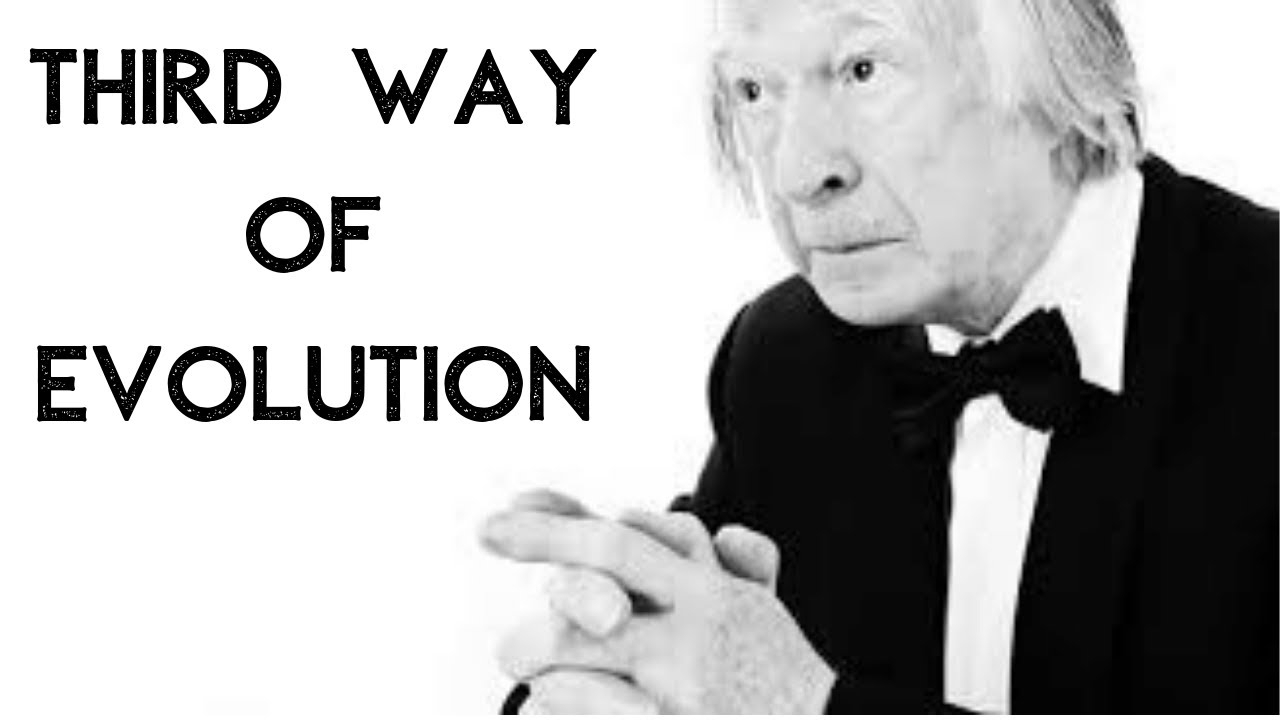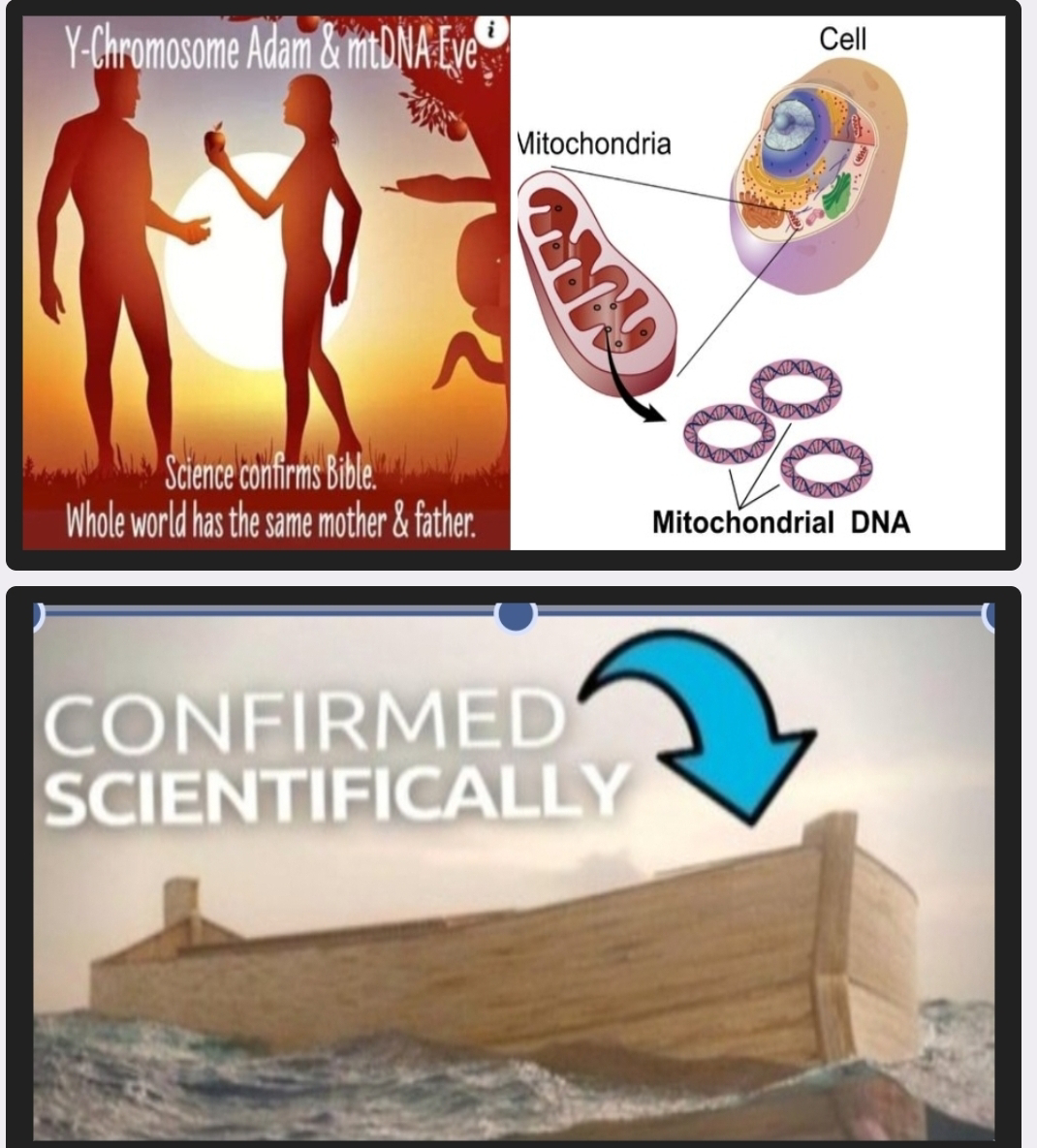The Illusions of the Modern Synthesis
The article "The Illusions of the Modern Synthesis" by Denis Noble argues that the Modern Synthesis, the dominant theory of evolution in the 20th century, is based on four misinterpretations of what molecular biology had shown. These misinterpretations, which Noble calls "illusions," are:
Natural selection. The Modern Synthesis assumes that natural selection is the only important force driving evolution. However, Noble argues that molecular biology has shown that other forces, such as epigenetics and developmental plasticity, can also play a significant role.
The Weismann barrier. The Modern Synthesis also assumes that there is a barrier between the germ line (the cells that give rise to gametes) and the soma (the cells that make up the body). This barrier is thought to prevent the inheritance of acquired characteristics, such as changes that occur in the body due to environmental factors. However, Noble argues that molecular biology has shown that the Weismann barrier is not as absolute as once thought.
The rejection of Darwin's gemmules. Darwin proposed that inheritance was due to the transmission of "gemmules," which were tiny particles that carried genetic information. However, the Modern Synthesis rejected this idea in favor of the modern theory of DNA. However, Noble argues that molecular biology has shown that there may be some truth to Darwin's gemmules.
The Central Dogma. The Central Dogma of molecular biology states that genetic information can only flow from DNA to RNA to protein. However, Noble argues that molecular biology has shown that this is not always the case. For example, RNA can sometimes be converted back into DNA.
Noble concludes that the Modern Synthesis is based on a number of illusions. He argues that these illusions have led to a narrow and inaccurate view of evolution. He calls for a new synthesis that takes into account the full range of forces that can drive evolution.
The article "The Illusions of the Modern Synthesis" has been controversial. Some scientists have argued that Noble's criticisms are valid, while others have argued that he has overstated his case. However, the article has helped to stimulate a debate about the future of evolutionary theory.
Article snippets:
It may be hard to believe that science itself could be taken in by illusions and by its own use of language. Yet, that is precisely what I think happened in the development of the Modern Synthesis.
we can all be taken in by our culturally-inherited illusions without realising that is what they are. Metaphors and analogies can become linguistically ‘dead’
I am not accusing anyone of deliberately trying to mislead people. All the people involved are leading scientists. My argument is that language itself contained the seeds of the problem. That makes it even more important to re-examine the language of biology. The four illusions are: 1. Natural Selection; 2. The Weismann Barrier; 3. The Rejection of Darwin’s Gemmules; 4. The Central Dogma.
the fundamental divide between the Modern Synthesis and its opponents is whether organisms have agency or whether “the relationship between phylogenetic and individual memory is a one-way road from the phylogenetic to the individual memory and not vice-versa”
Genes, for example, or any other molecules, certainly cannot carry intentionality. Organisms and groups of organisms do that.
EES or EIS referred to in the Introduction. Both seek to include trans-generational epigenetic inheritance in evolutionary theory. That transgresses a foundational feature of the Modern Synthesis, which was based on combining the Weismann Barrier with Mendelian genetics
Charles Darwin was a slow but deep thinker. Since he thought, like Lamarck, that functional changes in organisms could be inherited,
That can be done only by realising that there is a very deep illusion here. The illusory straw man was built in stages by various people at different times. I don’t think any one of them fully intended the complete illusion. Each step became fully embedded in the standard story until it was no longer questioned
A multi-level view of biology that avoids necessarily privileging any level also avoids the relevant linguistic traps.
One of the consequences of the principle of biological relativity is that the idea is not correct. This was shown in an article entitled Was the Watchmaker Blind? Or was she One-eyed?
Many of the biological facts I have noted in this article have been known for many years. Yet the illusions that they undermine have nevertheless been strongly maintained as part of the orthodoxy of evolutionary biology.
both the EES and the EIS seek to correct this limitation
the Modern Synthesis has been undermined, not supported, by molecular biology




Comments
Post a Comment